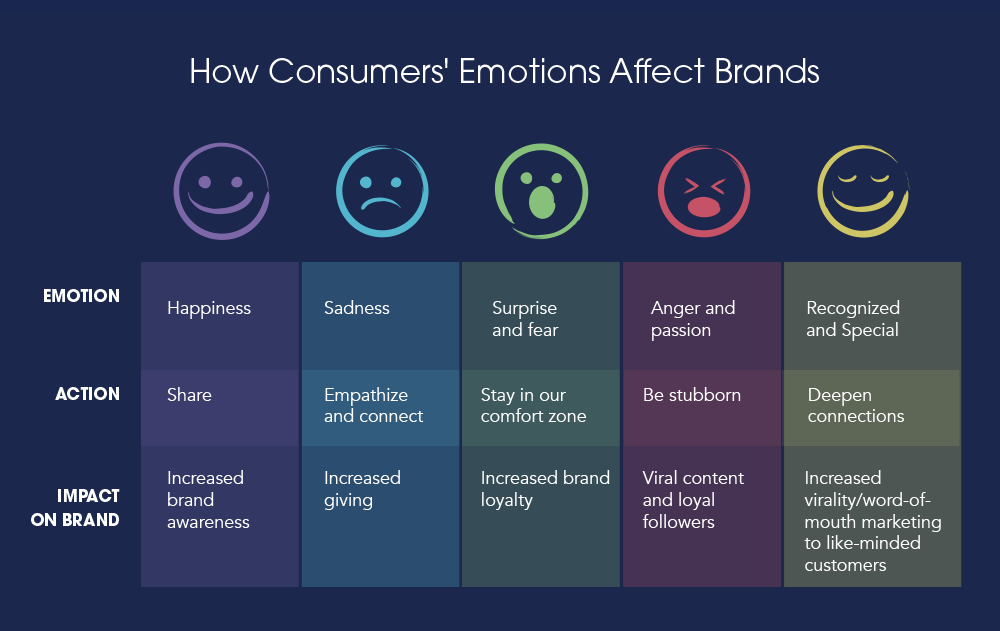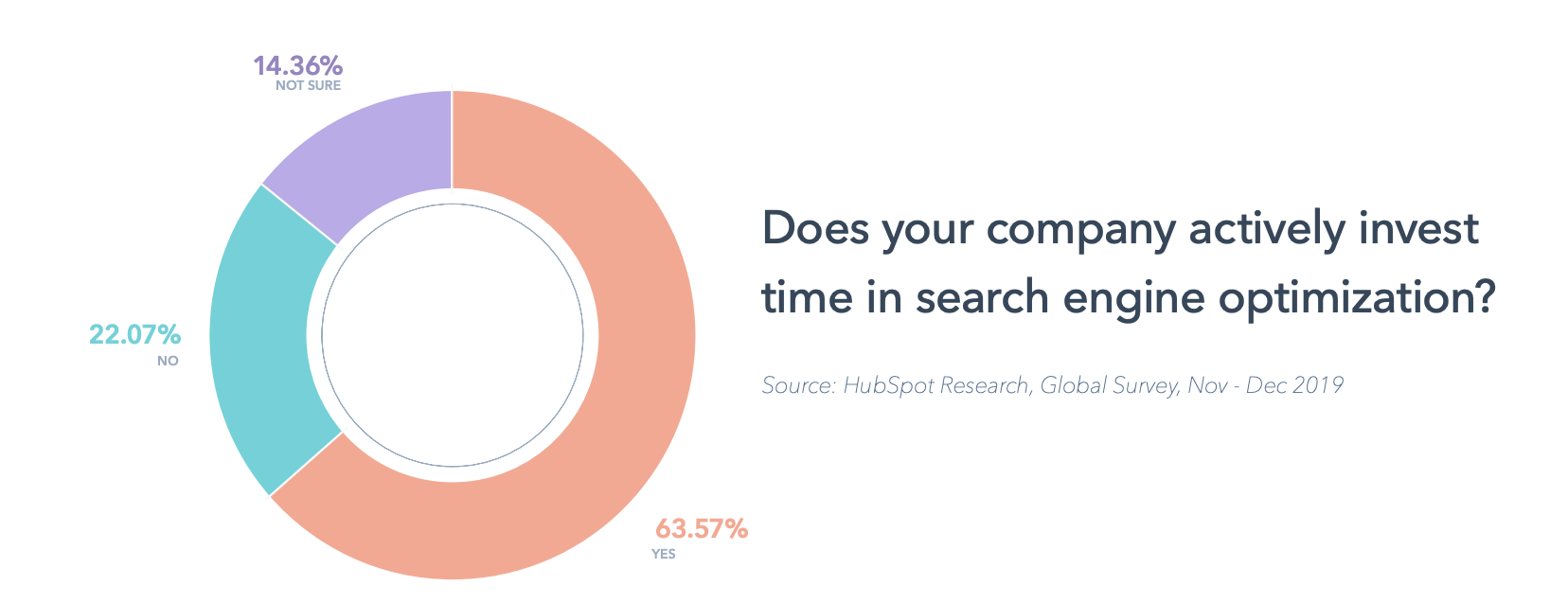When trying to define your brand and go-to-market strategy, it’s all about asking the right questions and using the right processes to find the answers. Continue reading to understand what this looks like and how to avoid brand regret.
At the core of your brand is an emotional connection. We identify with brands and remain loyal when we establish an emotional connection. Read: I use [brand] because it makes me feel [emotion]. What does that look like for your brand? At Bluetext, our branding process seeks to answer that question for you.  The process should challenge common beliefs and ensure that all constituents provide input to get to the core message and brand essence. We use a variety of workshops designed to do this, including individual stakeholder interviews and group exercises, ranging from adjective scales, metaphor association, and rapid point system voting in response to visuals. Using a combination of individual and group, and qualitative and quantitative data helps solve for the “halo effect” created when everyone follows the person with the most influence and the “bandwagon effect” when your human instinct is to agree with the group even when you disagree.
The process should challenge common beliefs and ensure that all constituents provide input to get to the core message and brand essence. We use a variety of workshops designed to do this, including individual stakeholder interviews and group exercises, ranging from adjective scales, metaphor association, and rapid point system voting in response to visuals. Using a combination of individual and group, and qualitative and quantitative data helps solve for the “halo effect” created when everyone follows the person with the most influence and the “bandwagon effect” when your human instinct is to agree with the group even when you disagree.

Interpreting qualitative answers is key. All too often, clients want to tell the world what they do, rather than the value they provide. Your ultimate messaging and visual identity should communicate your unique value. Want a quick pressure test? Remove your logo or name from an ad. If someone was familiar with your brand, could they still associate the ad with your brand? If the answer is “no,” the ad is missing your brand essence. Now replace your name or logo with your competitor’s. Does the ad still make sense? If so, it’s once again missing your brand essence.
Once you’ve embraced the process and put in the work, pressure testing the output is essential to its success. From surveys, to focus groups, AB testing, or even fancy facial electromyography, any testing is better than not testing. Depending on your go-to-market strategy and target audience, your marketing agency can recommend tests that fit. You may uncover something important not considered.
Finally, ensure the implementation is consistent across channels, including Search. There is a lot of noise out there. It can take many, many touchpoints to remember a brand. The more consistent your brand is deployed, the more likely your audience is to remember. In a Search dominated world, consistency also allows your audience to find you through keywords you have cemented in their mind as long as SEO is a part of your strategy.

Don’t confuse consistency with failure to evolve. It’s important to regularly test brand awareness and sentiment and conduct competitive research. The brand that worked yesterday may not work tomorrow. A good marketing agency will push you to shed the comfort of what has always worked.
A final word to the wise. It’s better to spend the resources upfront with a marketing agency who can get it right than to spend more resources later correcting a brand perception that has already been solidified in the mind of your audience. Avoid brand regret.
To learn more about other tips and tricks to avoid branding regret, check out our interview with Terry Jones, Founder and CEO of Travelocity, and Founding Chairman of Kayak, below.